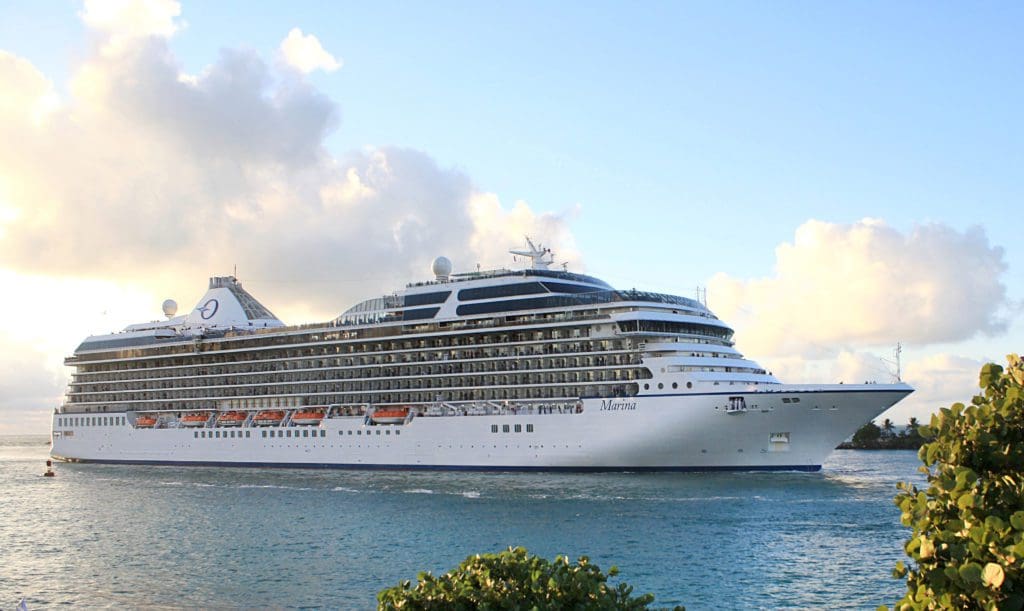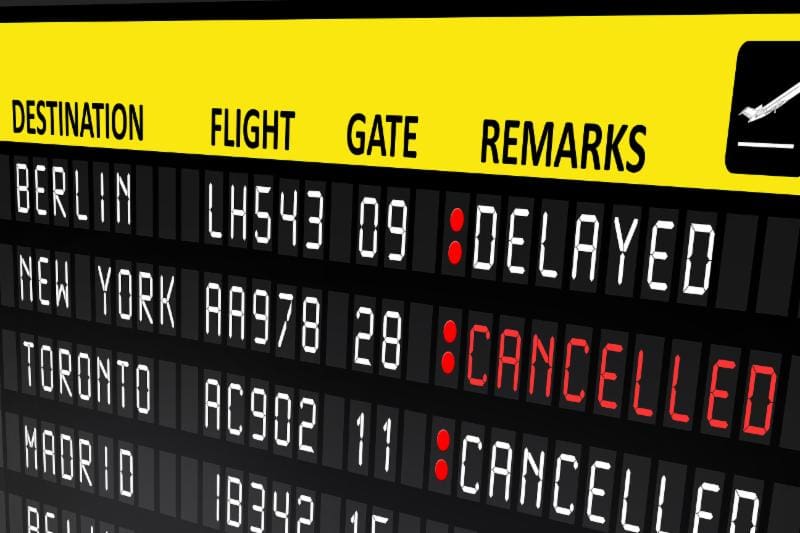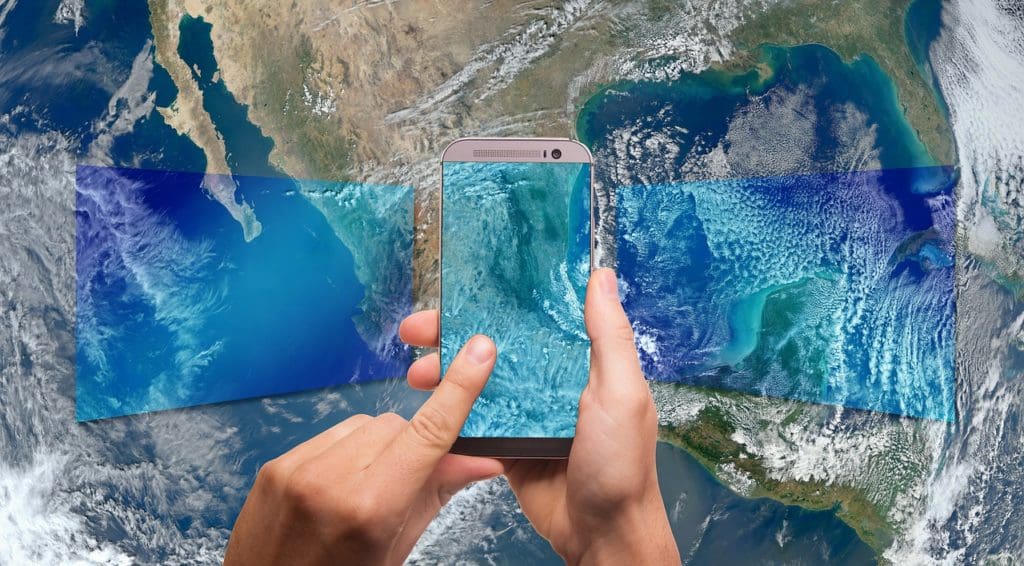 Through planning thousands of cruises – and taking a few themselves – the Covington vacation advisors know a thing or two about cruising. They’ve put together this list of seven cruise mistakes that first-timers should avoid to make sure their vacation is nothing but smooth sailing.
Through planning thousands of cruises – and taking a few themselves – the Covington vacation advisors know a thing or two about cruising. They’ve put together this list of seven cruise mistakes that first-timers should avoid to make sure their vacation is nothing but smooth sailing.
Don’t Make These Cruise Mistakes
 Don’t Fly In on Sailing Day – If your flight is delayed or you miss a connection, there’s a good chance you’ll miss the boat – literally. Summer storms, winter storms, airline mechanical delays, tight connections, and even traffic jams can all wreak havoc on the best-laid travel plans. Especially when you’re flying across the U.S. or to another country to meet your cruise, go a day early so you have a time buffer. Upon arrival, you can explore the departure city and enjoy a relaxing evening. The next day you’ll arrive at the port rested and unstressed, setting the tone for a fun vacation.
Don’t Fly In on Sailing Day – If your flight is delayed or you miss a connection, there’s a good chance you’ll miss the boat – literally. Summer storms, winter storms, airline mechanical delays, tight connections, and even traffic jams can all wreak havoc on the best-laid travel plans. Especially when you’re flying across the U.S. or to another country to meet your cruise, go a day early so you have a time buffer. Upon arrival, you can explore the departure city and enjoy a relaxing evening. The next day you’ll arrive at the port rested and unstressed, setting the tone for a fun vacation.

Don’t Spend Embarkation Day in Travel Clothes – If you do travel on the day of sailing, be sure to pack a carry-on bag with a change of clothes. Depending on the size of the ship, it may take a couple of hours for your luggage to be delivered to your stateroom. If you’re stuck wearing your winter travel sweater in a sunny, warm port you won’t feel like soaking up the rays poolside. Don’t forget to include sandals and a swimsuit so you can start your vacation as soon as you board.
Don’t Skip the Muster Drill – At the beginning of every cruise is a mandatory muster drill that provides important information in the case of an emergency at sea. This is not optional, even if you’ve cruised many times before and know the ship perfectly. Cruise staff goes door to door to make sure every guest participates. The longer it takes to account for everyone, the longer the whole drill, so just do it and everyone can get on with their vacation.

Don’t Squeeze the Family into a Small Stateroom – When traveling with kids, even small children, don’t convince yourself that you can all fit comfortably in one standard cabin. Cruise staterooms are small with limited drawer and closet space so you’ll likely find the close quarters a bit too cozy. If the additional bed space is a pullout sofa, there’s nowhere for parents to sit when kids go to sleep. Plus, four people sharing one tiny bathroom can cause friction in even the closest families. Consider upgrading to a family suite or connecting staterooms that provide more space for your togetherness. In many cases, the slight cost difference is well worth the additional comfort.
Don’t Book All Shore Excursions with the Cruise Line – Every cruise line offers a plethora of shore excursion options; however, you will usually be part of a sizeable group on a one-size-fits-all itinerary. This might be fine for a snorkeling or zip line adventure, but to delve more deeply into personal interests, ask your travel advisor to arrange a privately guided tour. You’ll get exclusive access to major sites without lines so you can make the most of your time there. Customize your tour by focusing on history, art, music, or food, and have the full attention of a local expert to answer questions and share cultural insights.

Don’t Make Phone Calls While at Sea – Just because your mobile phone has service while you’re at sea doesn’t mean you should use it. If you do, you’re likely using the shipboard satellite and your roaming charges can be shockingly expensive. It’s best to make phone calls when you’re in port and accessing a local carrier. Roaming charges vary by destination, but are typically lower than at-sea roaming, or consult your service provider in advance for an international calling package. The same goes for internet service – it’s usually very expensive and slow at sea, so wait until you get to the port and find local Wi-Fi.
Don’t Cruise Without a Passport – Technically, you don’t need a passport if you’re sailing from and back to a U.S. port. However, you will not be able to disembark on foreign soil. That means that you can’t visit any non-U.S. ports of call during the cruise. Even if you’re willing to skip a port visit, the bigger problem is if there’s a medical emergency or a ship mechanical issue, you’re stuck on the ship until it arrives back in a U.S. port. With a passport in hand, you can disembark and fly home. Play it safe and carry your passport.
For more cruise tips and to plan your own cruise vacation, get in touch with the experts at Covington.







Leave a Reply